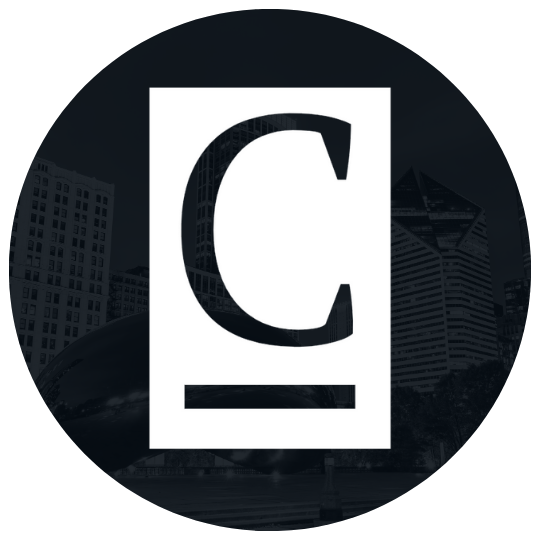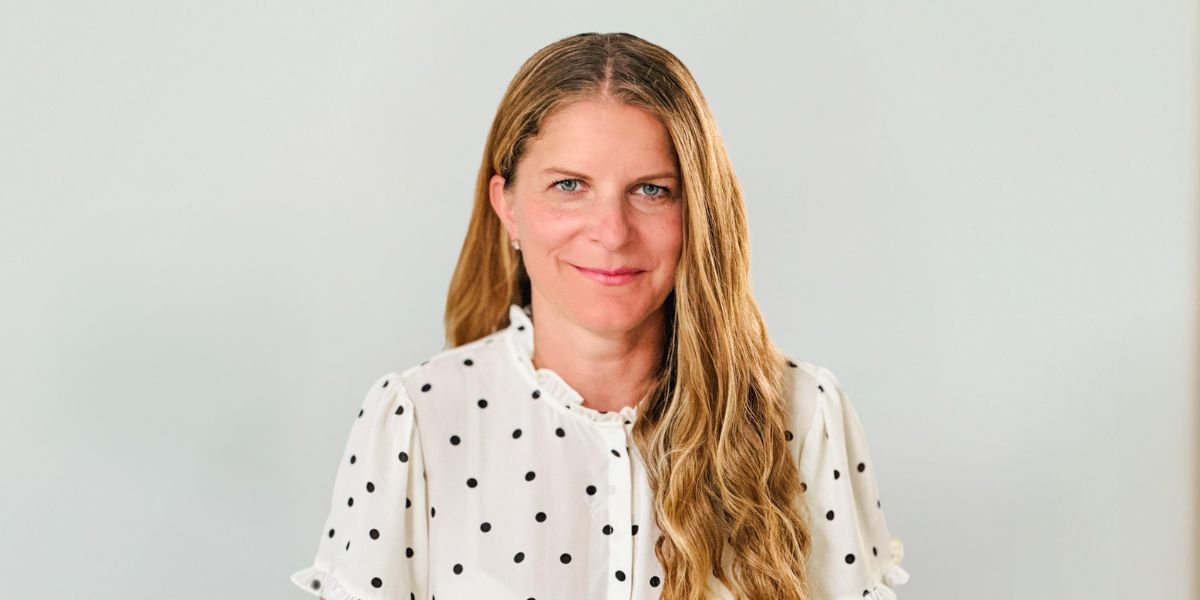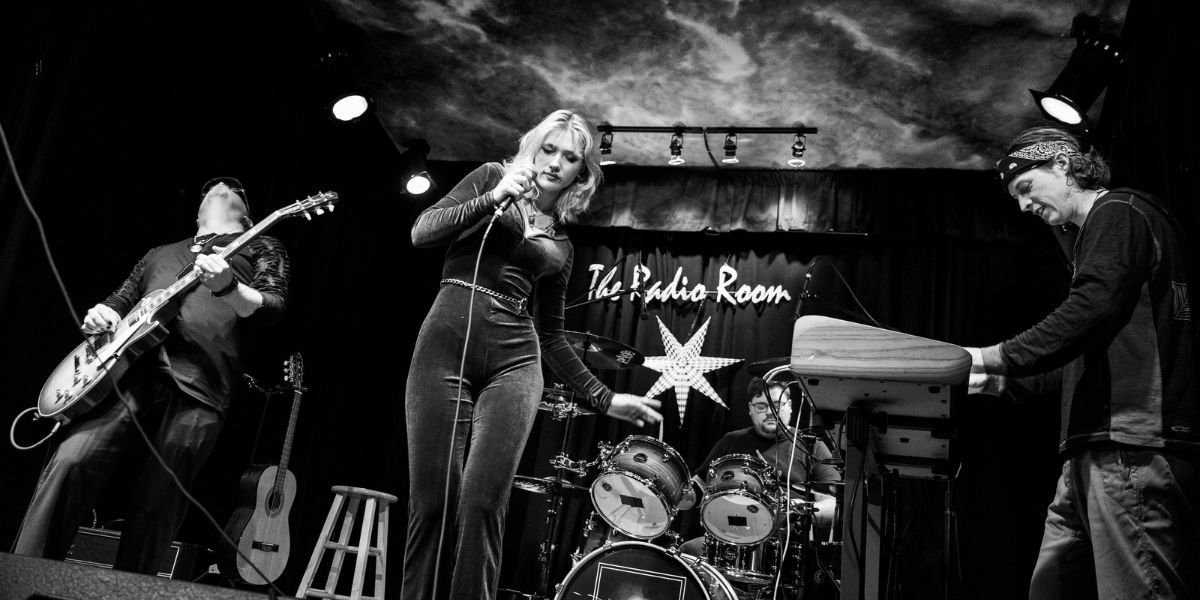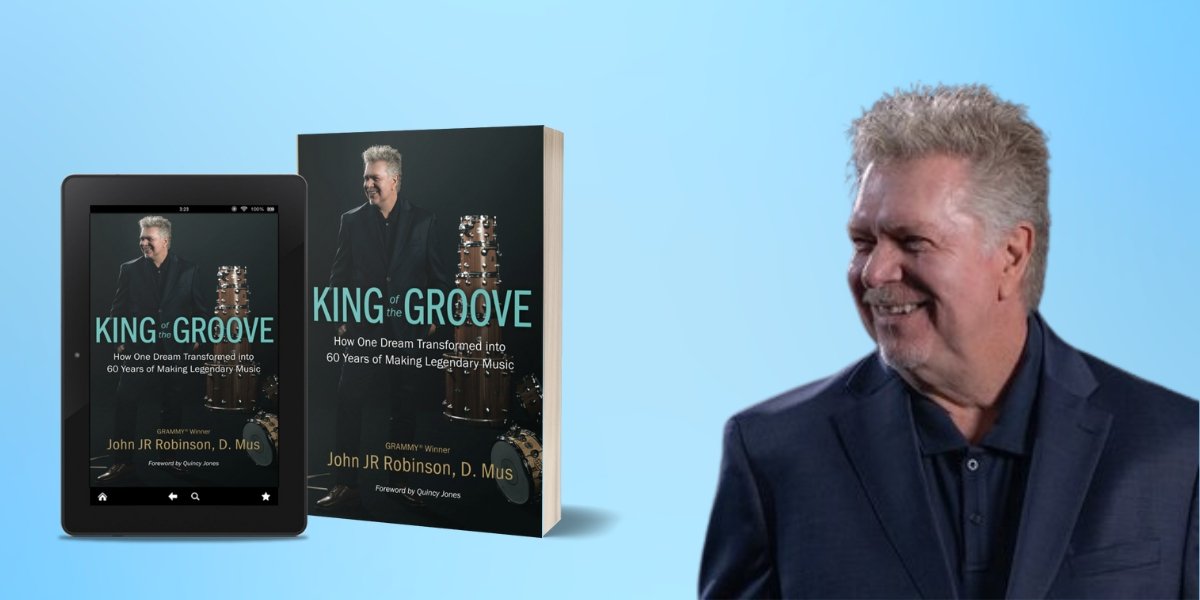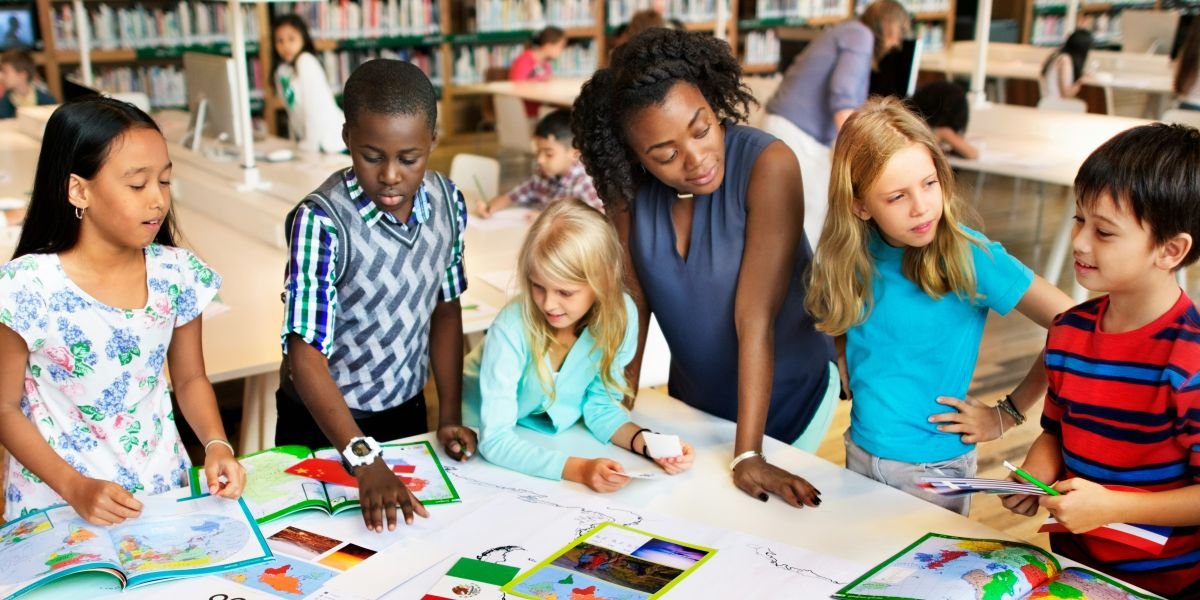Chicago’s most popular street fests aren’t just about food or music, they’re an open-air celebration of everything that makes each neighborhood distinct. With warm weather as the backdrop, these events stretch from late spring through early fall, drawing massive local and tourist turnouts. From visual art fairs to food-centered gatherings and multi-stage music blocks, the city’s street fests offer something for every kind of weekend wanderer.
One reason these festivals consistently draw tens of thousands is how well they tap into Chicago’s diverse communities. Whether centered around music, cuisine, cultural heritage, or local artists, each festival feels personal to its neighborhood. In areas like Pilsen, West Town, and Logan Square, these events often reflect the area’s history and evolving identity. Some festivals focus on one or two city blocks, while others shut down multiple avenues, setting up rows of vendor booths, performance stages, beer tents, and kids’ zones.
Which Fests Offer the Best Music Experiences?
For those interested in live music, certain Chicago street fests are known as unofficial showcases for up-and-coming talent and touring headliners. A few feature curated lineups by respected local venues or promoters, turning neighborhood intersections into makeshift concert arenas. Sound quality is usually impressive for open-air setups, and some festivals include multiple stages to keep things moving and minimize overlap between sets.
Events held in areas like West Town or Wicker Park tend to highlight indie rock, electronic, and genre-blending performers. Further north, festivals near Lakeview often lean into pop, dance, and DJ sets. Country and roots fans usually flock to larger-scale events near major venues, where performances pair with specific food themes. Blues and jazz also maintain a strong presence, with dedicated festivals near downtown and Hyde Park, featuring local legends and international guests alike.
What Kind of Food and Drink Is Available?

Photo Credit: Unsplash.com
Street fest menus are a major draw, often curated to reflect a theme or regional focus. At some events, mole, tacos, and grilled elotes dominate. Others highlight barbecue ribs, smoked brisket, and craft sausage. One of the largest summer food festivals offers nearly every type of cuisine imaginable, from deep-dish slices to global street eats, all served in tasting portions. Beverage tents tend to feature local breweries or rotating cocktail setups, depending on the scale and sponsor involvement.
Food offerings usually spill beyond established restaurants. Pop-up vendors, food trucks, and community kitchens all find space along the streets, creating a patchwork of aromas and flavors. Prices vary, but small cash payments or tap-to-pay options are the norm. Seating is limited, so most festival-goers snack while they walk or gather in shaded areas near music stages.
What Are the Major Chicago Street Fests to Know?
The variety of festivals reflects the city’s diversity, with each event bringing its own identity, audience, and experience. Here’s a month-by-month overview of some of the most popular Chicago street fests:
- May
- Mole de Mayo – Mexican heritage, mole tasting, lucha libre, and dance in Pilsen
- June
- Chicago Blues Festival – Free lakefront event with renowned blues artists
- Chicago Pride Fest – Multi-stage performances and community events in Lakeview
- Logan Square Arts Festival – Music, food, and local art under leafy boulevards
- Printers Row Lit Fest – Books, readings, and publishers in the South Loop
- 57th Street Art Fair – Juried art fair in Hyde Park’s tree-lined streets
- Juneteenth Village Fest – Live music, carnival rides, and cultural celebration in North Lawndale
- July
- Taste of Chicago – Food from dozens of vendors and free concerts downtown
- Chinatown Summer Fair – Lion dancing, cultural displays, and Asian street food
- Windy City Smokeout – Barbecue and country music outside a major arena
- West Fest – DJs, local food, and family-friendly fun in West Town
- Northalsted Market Days – Dance tents, vendors, and performances in Lakeview
- August
- Wicker Park Fest – Indie bands, art vendors, and strong neighborhood vibes
- Hyde Park Jazz Festival – Multi-stage jazz event in South Side cultural spaces
Each of these events reflects a slice of Chicago’s character, from culinary identity to music history and community creativity. The seasonal mix of entertainment options makes these weekends a central part of summer routines for many residents and visitors.
How Do Chicago Neighborhoods Shape Each Festival?
Each street fest draws heavily from its surroundings. Festivals in historic areas like Hyde Park often include a strong arts presence, while events in Logan Square or Andersonville may incorporate live mural painting, gallery booths, or hands-on crafts. Others have a more family-oriented setup, with face painting, carnival rides, or pet adoption corners taking center stage. Cultural festivals bring folk dancing, martial arts demos, or traditional dress parades to the streets, adding to the city’s eclectic summer rhythm.
Even layout and logistics reflect neighborhood character. Some streets feel like block parties with tight crowds and minimal barriers, while others create broader open boulevards with carefully arranged entry points and suggested donations. The overall vibe ranges from laid-back and creative to loud and crowded, depending on both the scale of the event and the energy of the area.
What Are Some Smart Tips for Enjoying a Fest?
While every fest has a slightly different setup, a few basics tend to hold true across the board. Streets usually open mid-morning or early afternoon and stay active until 10 PM or later. Entry is often free, but most request a donation that supports artists, musicians, or neighborhood programs. Public transit is usually the easiest way to get there, since parking can be both limited and expensive.
Here are a few key things to expect across most events:
- Streets will be blocked off, creating foot-traffic-only zones
- Security may conduct bag checks at entry points
- Alcohol is allowed only within fest boundaries
- Pets are common but should be leashed and crowd-friendly
- Restrooms are typically portable and located near entryways or performance areas
- Most transactions are cashless, but tipping musicians or performers still uses cash
- Sunscreen and comfortable shoes go a long way
Some festivals also offer downloadable maps or mobile apps for performance schedules and food booth guides. Lines at popular vendors can get long, especially between 5 PM and 8 PM, so arriving early is often worth the effort. Attendees looking for quieter experiences may prefer early afternoons or visiting on the festival’s second day.
What Makes Chicago’s Street Fests Stand Out?

Photo Credit: Unsplash.com
Chicago’s most popular street fests succeed because they balance scale with specificity. Large crowds don’t erase the neighborhood feel. Most festivals focus on elevating what makes their part of the city distinct, rather than creating one-size-fits-all entertainment. Whether it’s a stretch of jazz music echoing off brick buildings or the sight of hundreds dancing in front of a drag performance stage, the mix of sights, sounds, and street-level interaction feels deeply rooted.
From food-focused gatherings in historic neighborhoods to multi-day celebrations of music, literature, and art, these events offer a steady rhythm to the city’s summer calendar. Crowds are lively but generally relaxed, and there’s space for both short visits and all-day adventures. For those interested in how city culture lives and breathes during summer weekends, these festivals remain one of the most reliable and rewarding ways to see it happen up close.

